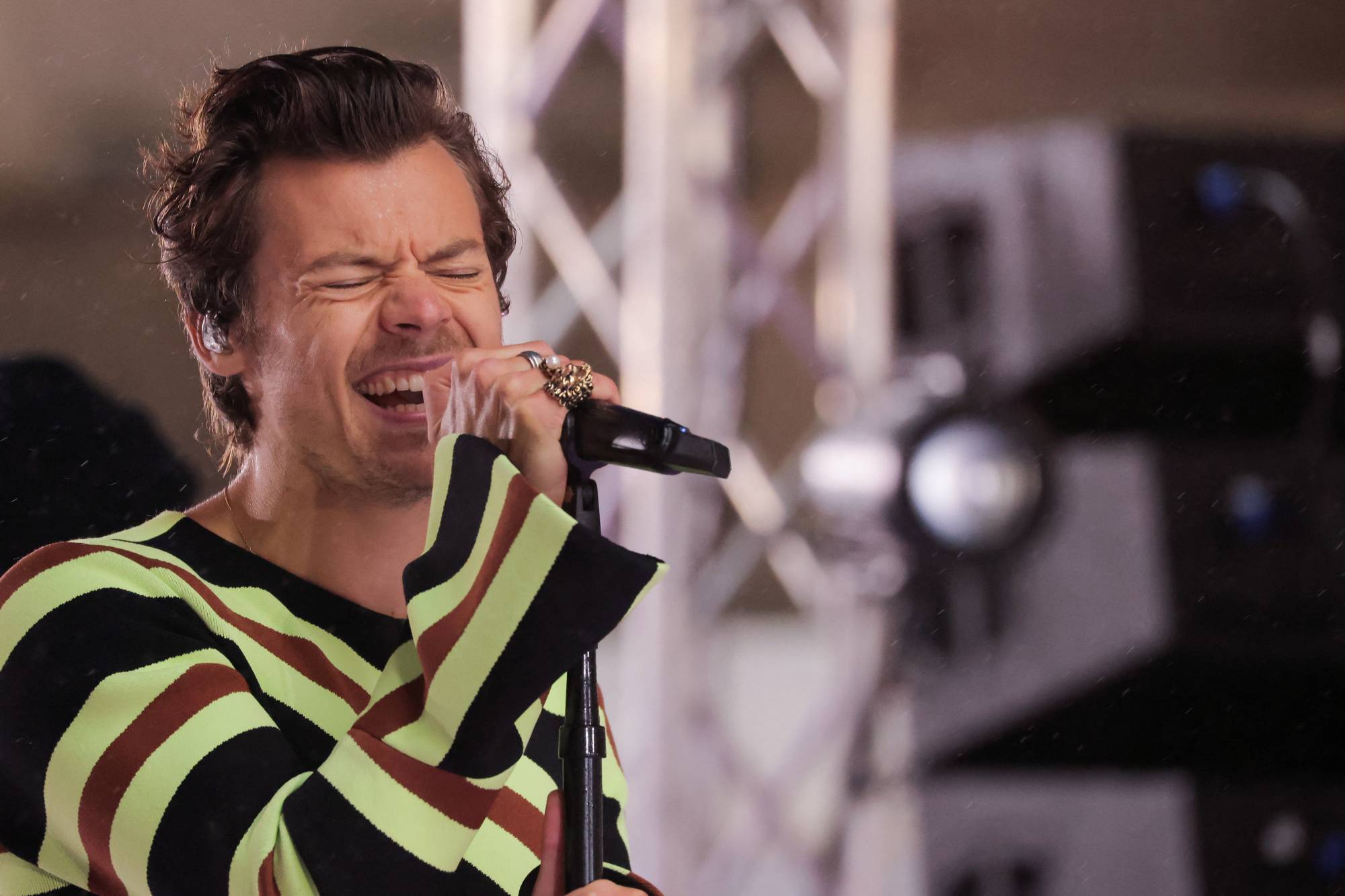Harry Styles has accomplished a lot this year. The most successful former member of beloved pop group One Direction, his latest solo effort, "Harry’s House," topped charts with some of the strongest first-week sales of 2022. The 28-year-old singer also headlined the Coachella Valley Music and Arts Festival this past April.
Perhaps less immediate but just as impressive, he has helped cement Haruomi Hosono’s status as the most revered Japanese musician among Western music fans.
"It was named after Hosono, he had an album in the '70s called "Hosono House," Styles told Apple Music’s Zane Lowe in an hour-plus interview about "Harry’s House." "I spent that little chunk in Japan and heard that record, and I was like, 'I love that.'" This was presumably on the same trip where he spent time in Nakameguro reading Haruki Murakami books.

















With your current subscription plan you can comment on stories. However, before writing your first comment, please create a display name in the Profile section of your subscriber account page.